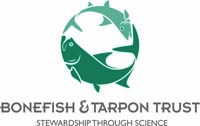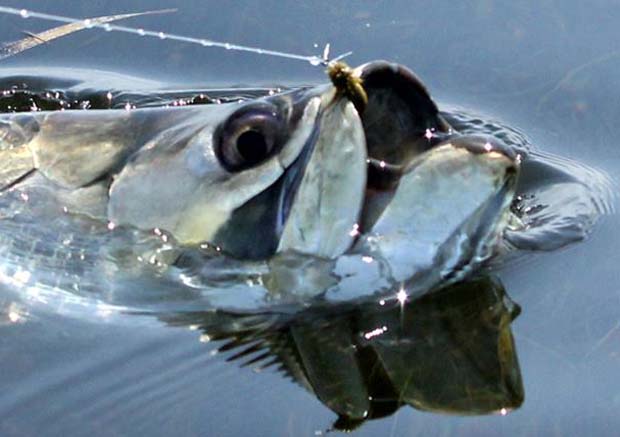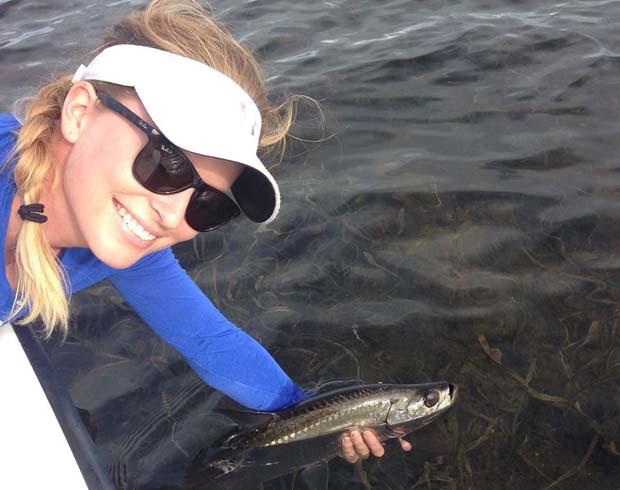Background
[dropcap]T[/dropcap]arpon are an economically important species throughout their range, but especially in Florida, where they are a part of a recreational fishery worth more than $8 billion per year. While it might be argued that research of a recreational fish is not worthy of funding by a conservation foundation, it is important to recognize that the economic impact of tarpon, and the dependence of tarpon on the Everglades, helps to further the justification for Everglades restoration. Applying the information gained from this study toward education of recreational anglers will increase support within the recreational angling community for Everglades restoration. Thus, although the proposed research does not address the ‘Essentials of Restoration’ per se, the information this research will provide is essential to effective restoration.
Too often, restoration is undertaken with inadequate goals, objectives, and metrics to measure success. Information on how juvenile tarpon use Everglades habitats, and how restoration strategies may impact this species, should be included in restoration plans. Only by providing information on what habitats, locations, and areas are most critical to juvenile tarpon now, will evaluations of the effects of restoration on tarpon be possible during and after restoration. Tarpon depend upon the Everglades, so should be taken into consideration in restoration strategies.
The best available scientific evidence indicates that the Everglades provide critical habitat for juvenile tarpon. While it is known that juvenile tarpon are relatively abundant in parts of the Everglades, it is not known what habitats, locations, and areas are most important. Also unknown is which sizes (ages) of juvenile tarpon rely most heavily upon Everglades habitats, or how different sizes of juveniles might use different areas of the Everglades.
Previous research of tarpon in the Everglades funded by the Everglades Foundation sampled for larval tarpon using plankton nets. Although this sampling did not capture a single tarpon larvae, it is known that juvenile tarpon do occur in the Everglades. Thus, they either were able to avoid the plankton nets, entered the Everglades by other means than the major rivers, or recruited during different seasons. The lack of tropical storm (which are known to drive larval tarpon recruitment) during the sampling period may have also contributed to the lack of recruitment during that time. Therefore, this research is focusing on juvenile tarpon, to determine their spatial distribution. Fortunately, this previous work did capture larvae from many other fish species, proving that the Everglades provides critical habitat to many fishes, many of which are important in the recreational fisheries.
This research is providing estimates on the distribution of juvenile tarpon in the Everglades, and characterizing the types of habitats being used by different sizes of juveniles. The analysis of the distribution of juvenile tarpon will assist in characterizing the essential nursery habitats of this sportfishery species. The focus on Everglades habitats will enable these habitat requirements to be considered during refinement of management plans of the Everglades Recovery Program.
Implications
This project is providing estimates of distributions and sizes of juvenile tarpon in two important regions of the Everglades, with map depictions of findings. In addition, analysis of temperature and salinity data obtained during sampling will determine the extent that these abiotic variables are important to juvenile tarpon distributions. Since restoration will likely change salinity and temperature patterns due to changes in freshwater flows, these findings will be useful in making predictions on the influence of restoration (or lack thereof) on juvenile tarpon distributions.
Bonefish & Tarpon Trust will use the information obtained in this study to produce an informational brochure on the importance of juvenile tarpon habitats for recreational anglers. This brochure will be distributed in fishing shops in the Florida Keys and South Florida, and we hope it will encourage anglers to contact resource managers about the importance of juvenile tarpon habitats for the long-term health of the fishery.
To volunteer or to obtain more information, contact Dr. Jon Shenker: shenker@fit.edu
Get involved – join BTT and enjoy many personal benefits . . .



